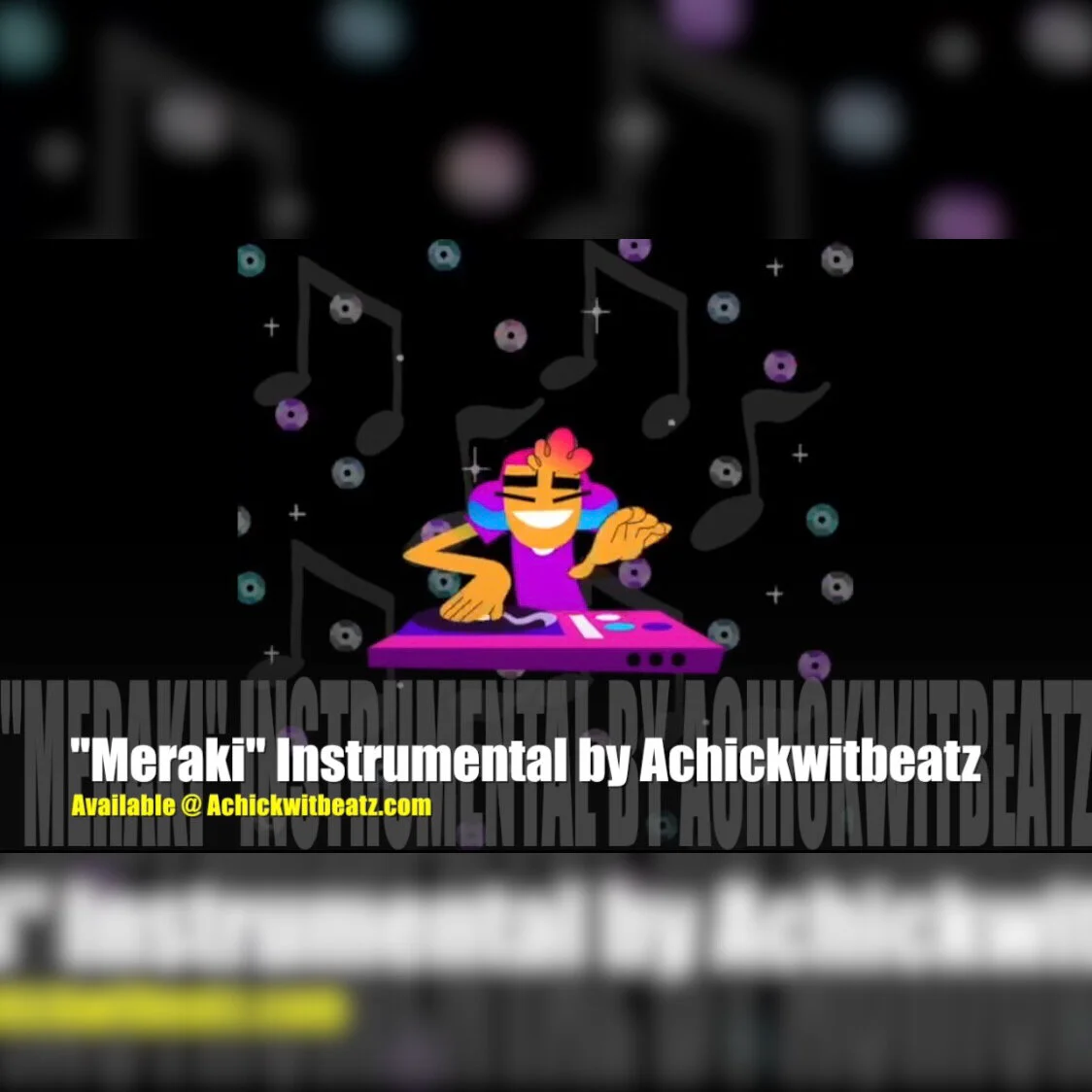Photo by Federica Maniezzo on Unsplash
Releasing music as an independent artist has never been more accessible…or more competitive. A strategically planned single can make the difference between disappearing into the void of 100,000 daily uploads and actually connecting with new listeners. Whether you're releasing your first track or your fifteenth, each single presents a fresh opportunity to expand your audience, generate streaming revenue, and build momentum for your music career. Here is a breakdown of the essential components of planning a successful single release, from pre-production to post-release analysis.
Pre-Production: Setting the Foundation
Selecting the Right Track
The first crucial decision is choosing which track to release as your single. Consider these factors:
Commercial potential: Does the song have an accessible hook or chorus that resonates with listeners immediately?
Representation of your sound: While the track should be commercially viable, most importantly, it should also authentically represent your artistic identity.
Production quality: Ensure the production value matches or exceeds industry standards in your genre.
Audience feedback: Consider testing snippets with trusted listeners or your existing audience to gauge reactions.
Production Timeline and Budget Planning
A successful single release requires careful planning and financial allocation:
Recording costs: Budget for studio time, session musicians, and producer fees. Quality recording is the foundation of your release. Cutting corners here will affect everything downstream.
Mixing and mastering: Allocate resources for professional sound finishing. Even brilliantly performed tracks can fall flat without proper mixing and mastering to make them competitive in today's streaming environment.
Visual assets: Invest in compelling cover art, promotional photos, and possibly music video production. Visual elements often create the first impression before anyone hears your music.
Marketing budget: Set aside funds for digital advertising, PR campaigns, and playlist-pitching services. The most common reason singles fail is underspending on promotion, not quality issues.
Distribution fees: Account for digital distributor costs and potentially physical production if relevant to your audience. Different distributors offer varying services at different price points.
Create a detailed timeline working backward from your intended release date, allowing for:
1-3 weeks for recording and production
2-3 weeks for mixing and mastering
6-8 weeks for pre-release marketing
Pre-Release Strategy: Building Anticipation
Photo by Elijah Merrell on Unsplash
Distribution Setup
Select your digital distributor 4-6 weeks before release to ensure your track reaches all major platforms:
Compare services like DistroKid, CD Baby, TuneCore, or UnitedMasters based on their fee structure, analytics tools, and additional services.
Consider exclusivity periods for specific platforms, like Bandcamp, if advantageous for your strategy.
Set up pre-saves on Spotify, Apple Music, and other platforms to generate early momentum.
Creating a Content Calendar
Plan a systematic content rollout to build anticipation:
6-8 weeks before: Start dropping subtle hints about new music
4-6 weeks before: Release behind-the-scenes content from the studio
3-4 weeks before: Reveal cover art and announce release date
2-3 weeks before: Release teaser clips, lyrics, or snippets
1-2 weeks before: Share pre-save links and personal stories behind the song
Release week: Final countdown content, amplified promotion
Press and Playlist Strategy
Develop a targeted approach to media coverage:
Research publications and blogs that cover your genre: Identify outlets that feature artists at your career stage. Compile a list of 15-25 relevant blogs, podcasts, and publications that have covered similar artists. You can use tools like SubmitHub's blog directory or simply search "[your genre] music blog" to find suitable outlets. Note their submission guidelines and lead times, as some require 4-6 weeks advance notice.
Prepare an appealing press kit with your bio, high-quality photos, and song description: Create a professional electronic press kit (EPK) that tells your story effectively. Include a concise bio (300-500 words) highlighting your unique angle, 3-5 professional photos in various orientations, previous press coverage quotes, streaming links to previous releases, and a compelling single description that explains the story behind the track. Host these materials on Google Drive or Dropbox for easy access.
Draft personalized pitches highlighting what makes your single unique: Generic mass emails rarely work. Research every journalist or blogger and reference their relevant previous work in your pitch to show why you want them to cover your single. Keep emails 200 words or less, lead with your strongest hook (unique production technique, notable collaborator, compelling story behind the song), and include a streaming link (private SoundCloud or similar) rather than attachments. Follow up once after 5-7 days to avoid pestering.
Submit to playlist curators 3-4 weeks in advance through direct outreach or services like SubmitHub, Playlist Push, or Spotify for Artists: Utilize Spotify for Artists to submit to editorial playlists 4 weeks before release. For independent curator outreach, research playlists that feature similar artists. You can also use paid platforms like Chartmetric or PlaylistSupply. If you decide to use paid services like SubmitHub or Playlist Push, invest in premium submissions and carefully select curators who match your genre. Allocate at least $150-300 for a meaningful playlist campaign, but research what other artists have experienced to determine if the service is worth the investment or if you should allocate your budget elsewhere.
Social Media Optimization
Maximize your social presence during the pre-release phase:
Audit and update all social media profiles with cohesive branding: Before you announce new music, make sure your profiles tell a consistent visual story. Update profile pictures, banners, and bios across all platforms to reflect your current artistic direction. Complete all profile fields on each platform, including website links, location, and genre tags. Develop a cohesive color scheme and visual language that will carry through your release campaign.
Create platform-specific content (TikTok trends and challenges, Instagram Reels, YouTube Shorts): Tailor your content strategy to each platform's strengths instead of cross-posting identical content. For TikTok, create 15-second snippets featuring the catchiest part of your single, potentially with simple choreography or a visual hook that could inspire trends. For Instagram, develop a series of Reels that tell the story behind your single in visually compelling ways. For YouTube Shorts, create teasers that build anticipation while showcasing your artistic vision.
Engage with similar artists' followers to build awareness: Find 10-15 artists whose fan base overlaps with your potential audience. Meaningfully engage with their followers' comments by adding value to conversations, not just self-promoting. Comment on trending topics within your genre community and participate in relevant hashtag challenges. This approach is pretty time-intensive, but it builds more authentic connections than paid advertising alone.
Consider targeted ads to reach potential new listeners: If possible, allocate roughly $100-300 for pre-release social media advertising. Use platform targeting tools to reach listeners of similar artists, focusing on lookalike audiences based on your existing fans. Test multiple ad creatives with small budgets ($10-20) before scaling up successful ones. For Facebook/Instagram ads, target interest categories combining both similar artists and lifestyle interests for better conversion rates.
Use analytics to identify peak engagement times for your audience: Study your account insights to determine when your audience is most active. Schedule important announcements during these peak times. For global audiences, consider your primary geographic targets and their time zones when scheduling posts. Use tools like Later, Buffer, or Hootsuite to schedule content consistently during optimal engagement windows.
Release Day Strategy: Maximizing Impact
Photo by Josh Sorenson on Unsplash
Coordinated Platform Push
Synchronize your release day activities:
Post across all social platforms with direct links to streaming services: Create platform-optimized announcements for each social network instead of identical cross-posts. Include smart links that open directly in the user's preferred streaming application instead of generic links. Strategically schedule these posts throughout the day to maximize your visibility in the algorithm, with your primary announcement aligning with the timeframe you typically see your highest engagement. You may also want to opt to include streaming service-specific graphics that match each platform's dimension requirements.
Email your subscriber list with personalized messaging: Segment your email list based on how much your subscribers interact with your updates. Then, tailor different versions of your announcement to target each group. For highly engaged fans, include exclusive content like the story behind specific lyrics or production choices. For casual subscribers, keep the email concise with clear call-to-action buttons. Personalize subject lines with subscriber names when possible, which typically increases open rates according to email marketing research.
Update all website and social media headers to announce the release: Create a cohesive visual identity across all digital touchpoints. Refresh your website homepage with an above-the-fold announcement banner and an embedded player. Update social media cover images with release artwork and listening links. Make sure your website meta descriptions have keywords related to your release to boost search visibility during the launch period.
Go live on Instagram or TikTok to celebrate with fans in real-time: Prepare a structured 15-20 minute live session rather than an improvised chat. Include a live listening party element, behind-the-scenes stories from the recording process, and direct interaction with viewers' comments. Promote this live event 48-72 hours in advance with specific timing details. Record and repurpose this content as highlight clips for future promotion.
Consider a release day discount for merchandise that ties into the single: Create limited-time bundle offers combining digital downloads with physical merchandise. Use time-sensitive offers (24-48 hours) to create urgency. Design merch that visually connects to your single's artwork or lyrical themes. For higher-ticket items, consider offering installment payment options through services like Cash App Afterpay to increase purchase rates.
Engagement Amplification
Maximize day-one engagement metrics:
Encourage fans to add the track to their personal playlists: Create shareable graphics specifically asking fans to add your track to their personal playlists, which will signal value to streaming algorithms. Explain to your followers how personal playlisting helps independent artists more than just streaming. Consider creating a collaborative fan playlist where listeners can add your new single alongside their other current favorites, creating a community experience.
Create shareable graphics for fans to post in their stories: Design 3-5 different Instagram/Facebook story templates featuring key lyrics or visuals from your single. Try including properly sized cutouts for fans to insert themselves into the artwork. Make the graphics accessible via a link in bio or through direct response to comments. Create a branded hashtag specific to your release and guide fans on how to tag you properly so you can repost their shares.
Respond to every comment and share from fans in the first 24-48 hours: Make it a priority to respond quickly to all engagement during the critical launch window. Set up notification systems across platforms to alert you to mentions and comments. Be sure to personalize your responses instead of using generic thank-you messages. Ask engaging follow-up questions to commenters to keep the conversation going. This interactive engagement indicates to algorithms that your content is generating meaningful interaction, keeping users on their platforms longer.
Consider a small contest or giveaway that requires streaming or sharing the song: Perhaps set up a contest that encourages legal streaming actions that comply with each platform's terms of service. For example, create a lyrics-based challenge where fans must listen to identify specific phrases. Offer prizes that appeal to your core audience, such as limited-edition merchandise, one-on-one virtual hangouts, or early access to upcoming material. Establish clear entry requirements and transparent selection criteria, then prominently feature winners in follow-up content.
Post-Release Strategy: Sustaining Momentum
Content Recycling and Extension
Keep the single relevant after initial release:
Create lyric videos, acoustic versions, or remixes: Strategically schedule these derivative content pieces, releasing them 2-4 weeks after the initial single to extend its lifespan. For lyric videos, you may want to invest in motion graphics that reinforce your visual identity; if not, you can use a template. For acoustic versions, change the arrangement substantially enough to offer a new perspective on the song. For remixes, partner with producers whose audiences overlap with your target listeners but add different stylistic elements.
Share isolated moments or lyrics as social media content: Extract 5-7 memorable lyrics or sonic moments from your track and develop a content series around them. Create visuals that highlight these moments in various contexts. Pair lyrics with complementary imagery that extends their meaning. Schedule these as "throwback" content when streaming numbers typically begin to decrease, usually 3-4 weeks post-release.
Highlight fan reactions and reviews: Curate the most intriguing fan responses and reviews into engagement-driving content. Create weekly roundups of fan covers, dance videos, or reaction videos. Request permission to share user-generated content and properly credit creators. For really impressive fan interpretations, consider collaboration opportunities that can extend your single's reach into their networks.
Release behind-the-scenes footage not shown in the pre-release phase: Hold back 30-40% of your documentary-like content for post-release engagement. Here, you can reveal production challenges or “happy accidents” that occurred during recording. You can also share alternate versions or deleted sections that didn't make the final cut. You may even create "director's commentary" style content explaining specific artistic choices or techniques. Time these releases to coincide with potential engagement dips in your analytics.
Performance Analysis
Track key metrics to inform future releases:
Streaming numbers across platforms: Look beyond total stream counts to more revealing metrics. Analyze save-to-stream ratios, which indicate a listener's intent to return. Track completion rates to determine if listeners are engaging with your entire track or dropping off at specific points. Compare platform performance to identify where your audience is most active. Document day-by-day performance patterns to establish baseline expectations for future releases.
Playlist additions (both editorial and user-generated): Monitor playlist placements via streaming platform tools or services like Chartmetric or Spotontrack. Distinguish between algorithm-generated playlists, editorial selections, and user playlists as they indicate different types of success. Calculate your track's position within playlists, as higher placements generate significantly more streams. Monitor which playlists generate the most streams for your tracks, as this will help you identify your most effective distribution channels and audience segments.
Geographic data on listener locations: Identify emerging market opportunities by tracking unexpected geographic clusters of listeners. Compare streaming geography to social media follower locations to find alignment or disconnect. Use this data to plan targeted advertising for your next release or potential tour routing. Develop region-specific engagement strategies for areas showing unusual growth.
Social media engagement rates: Calculate engagement rates by reach (number of engagements divided by reach, not followers) across platforms. Identify which content types generated the highest engagement relative to impressions. Compare pre-release engagement to post-release to understand how your audience responds to different campaign phases. Use these insights to adjust content ratios for future releases.
Fan conversion (new followers, newsletter sign-ups): Pay attention to new followers gained across platforms during your campaign. Determine how effective different call-to-action strategies were in converting casual listeners to connected fans. Compare growth trends between your streaming numbers and social media followers to potentially identify correlations and effective promotional campaigns. Track how many new email subscribers you gain during your music release period, and use these numbers to set specific subscriber growth targets for future releases.
Press coverage effectiveness: Evaluate press mentions not by publication prestige but by referral traffic and conversion. See which media coverage generated actual streams rather than just impressions. Analyze the performance of different press angles and narratives to refine your story for future releases. Document which journalists provided the most valuable coverage to help you prioritize relationships.
Listener Conversion
Transform casual listeners into dedicated fans:
Direct streaming audiences to your other tracks through strategic playlists: Create artist playlists that position your new single alongside your strongest previous material. Structure these playlists carefully to maximize exposure and entice people to listen to the full playlist. Update these playlists weekly with subtle reordering to keep them fresh for algorithms. Include 2-3 tracks from similar but larger artists to draw their audiences without diluting your presence.
Capture new listeners' information through targeted lead magnets (free downloads, exclusive content): Create exclusive content that requires email registration to access. This might include alternate versions, instrumental tracks, or production breakdowns. Create tiered incentives that reward deeper engagement, such as early access to upcoming material or exclusive merchandise opportunities. Make sure the sign-up is simple so visitors actually follow through with the subscription.
Connect listeners to your direct communication channels (website, email list, Discord server): Develop channel-specific incentives that provide clear value for joining your owned platforms as well as others you use. For community platforms like Discord, create engaging spaces with regular artist interaction and fan-to-fan connection. Establish consistent rhythms of communication that set expectations for engagement without overwhelming new community members.
Common Pitfalls to Avoid
Rushed timeline: Not allowing enough pre-release preparation can lead to missed promotional opportunities and haphazard execution. For successful independent releases, some recommend 1-2 months of planning before release day. Last-minute campaigns typically see lower results compared to properly planned rollouts. Setting an ambitious release date without accounting for production delays, distribution processing time, or playlist submission deadlines can create unnecessary pressure and less desirable results.
Platform tunnel vision: Focusing exclusively on Spotify while neglecting other platforms limits your potential audience reach. Different listener demographics prefer different streaming services – younger listeners often favor SoundCloud and YouTube, while Apple Music's users typically have higher income and spending habits. Create platform-specific strategies that leverage each service's unique features and algorithms. Monitor performance data to identify which platforms respond best to your music and adjust resource allocation accordingly.
Inconsistent messaging: Changing visual themes or promotional angles mid-campaign could confuse potential listeners and dilute your brand identity. Make sure all collaborators understand and consistently implement any creative guidelines you’ve established. When testing different approaches, do so methodically with clear metrics rather than erratically shifting direction based on immediate reactions.
Front-loading promotion: Expending all marketing efforts before and on release day, with nothing planned for subsequent weeks, creates an initial spike followed by a dramatic drop-off. Allocate your marketing efforts with approximately 40% for pre-release, 20% for release day, and 40% for post-release activities. Plan content drops strategically throughout the first 2-4 weeks after release to maintain streaming momentum. Create a secondary push 4-6 weeks after release to recapture algorithm attention when natural engagement typically declines.
Ignoring data: Failing to track and analyze performance metrics to improve future releases means repeating ineffective strategies. Schedule weekly review sessions during your release campaign to make real-time adjustments based on performance data. Take notes on your findings in a structured format that you can use to help you with future releases. Compare results against specific, predetermined Key Performance Indicators (KPIs) instead of vague notions of "success" or competing artists' perceived performance.
The Takeaway: Plan, Execute, Evolve Your Single Releases
Photo by Mika Baumeister on Unsplash
A successful single release for independent artists is far more than simply uploading a track to distribution services. It requires strategic planning, consistent execution, and post-release analysis. Approaching each release as a comprehensive campaign rather than an isolated event will help you build sustainable growth for your music career one single at a time.
Remember that each release provides valuable data and experience to refine your approach for future music. Document what works, what doesn't work, and adjust accordingly. Your single release strategy will evolve as your fan base grows and your music career develops.
- Art
- Independent Labels
- Internet Radio
- Music Documentaries
- Album Reviews
- Music History
- Music Industry News
- Free Game Friday
- Free Downloads
- Poetry
- Books
- Interviews
- Did You See It?!
- Hip Hop History
- Hear Here
- Music News
- Hip Hop Documentaries
- Music Marvels Radio Show
- Think Piece Thursday
- Mini Documentaries
- Instrumental Intel
- Music Humor
- Indie Analysis
- Conversations & Quotables
- Music
- Resources for Artists
- Podcasts
- Beats/Instrumentals
- Music Education
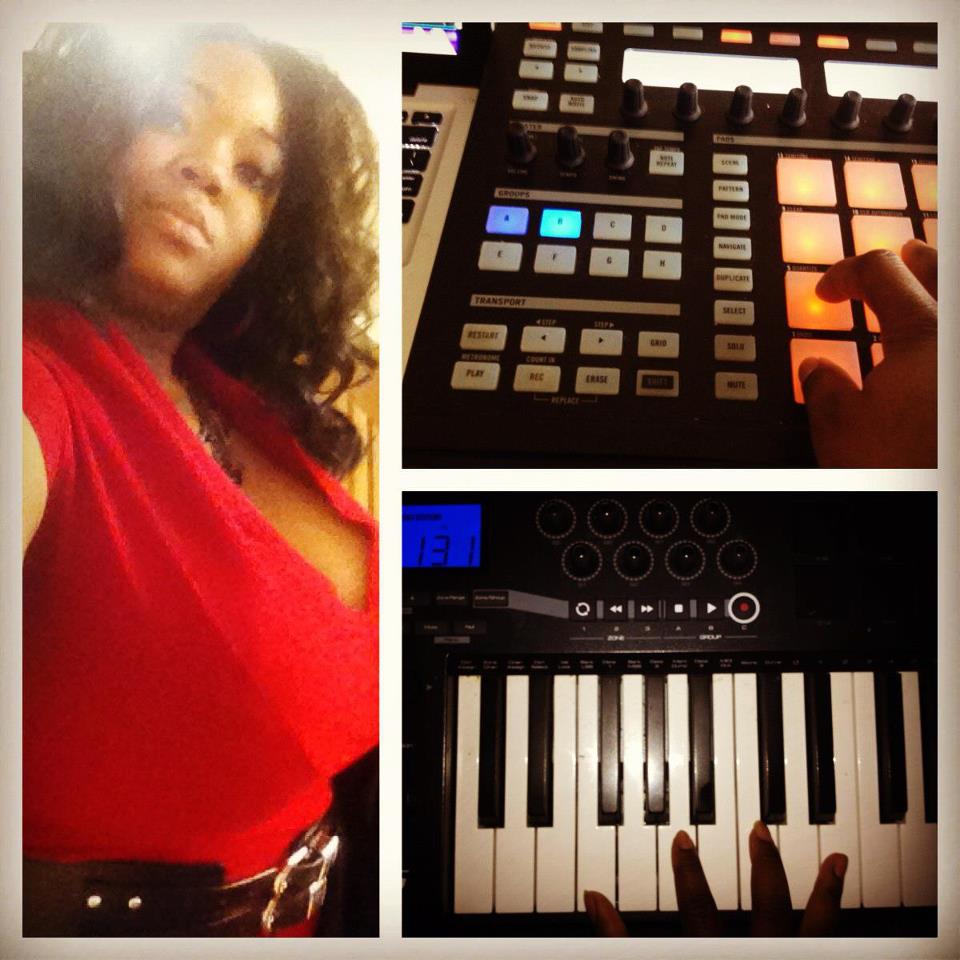
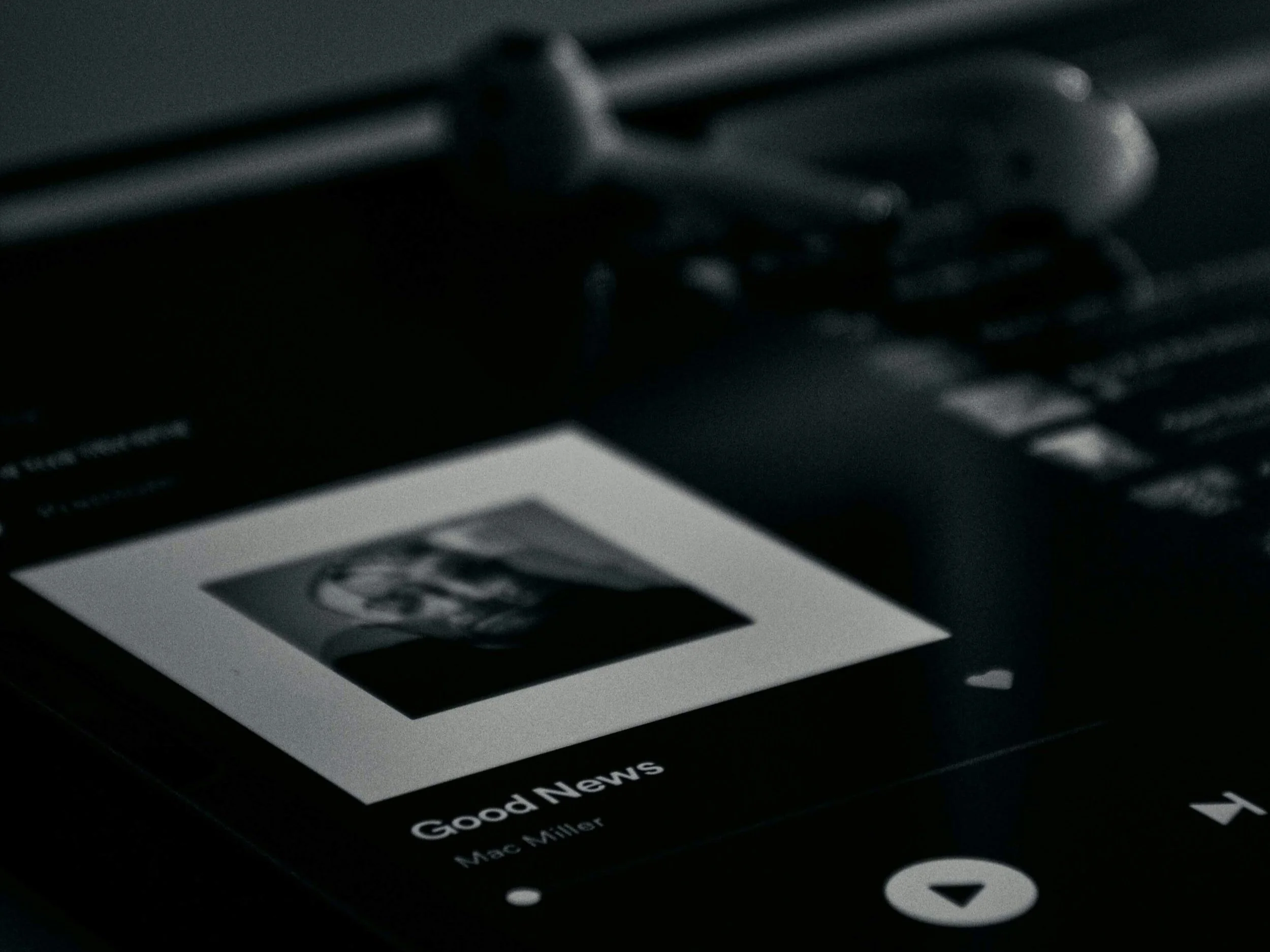







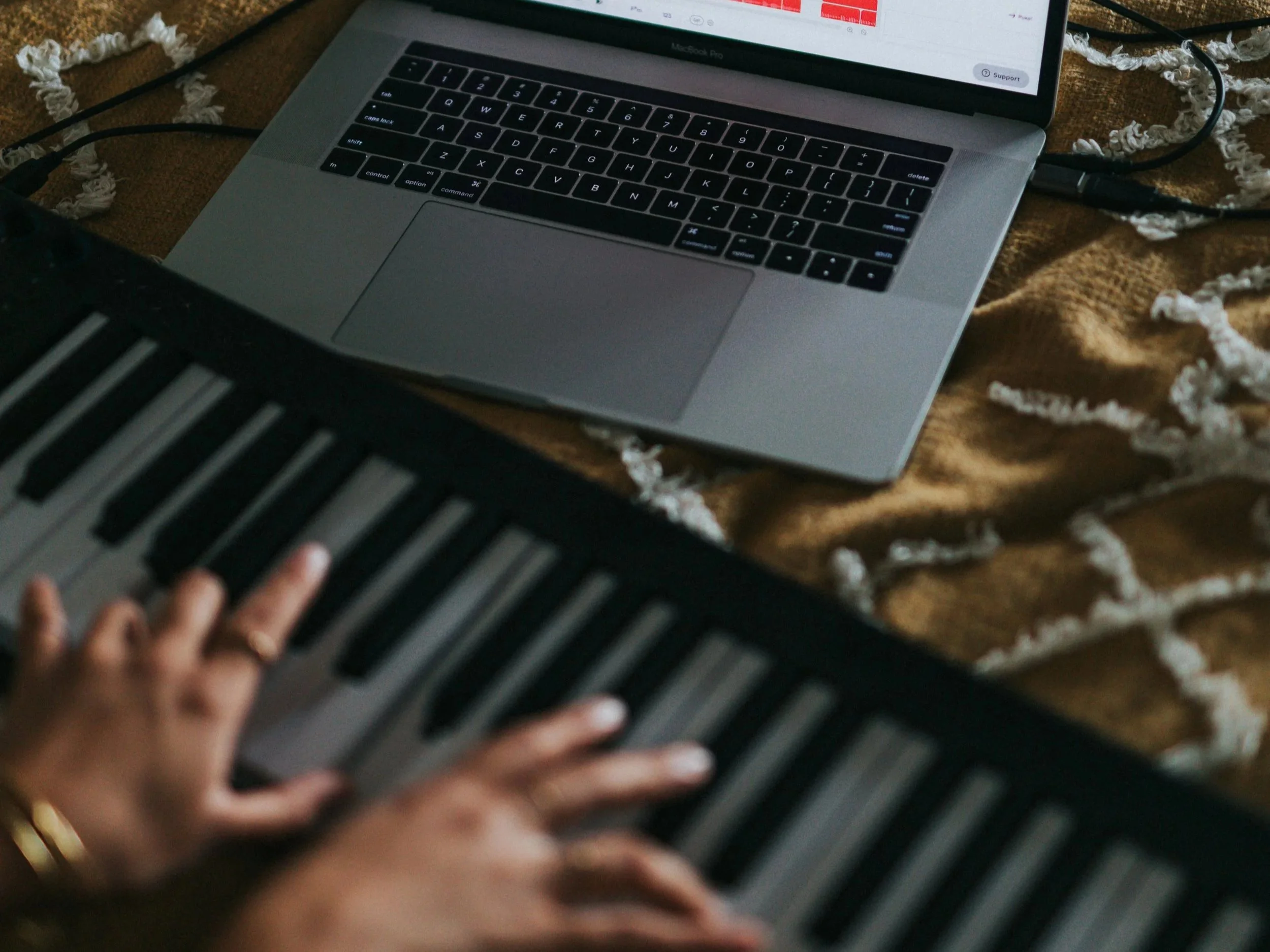


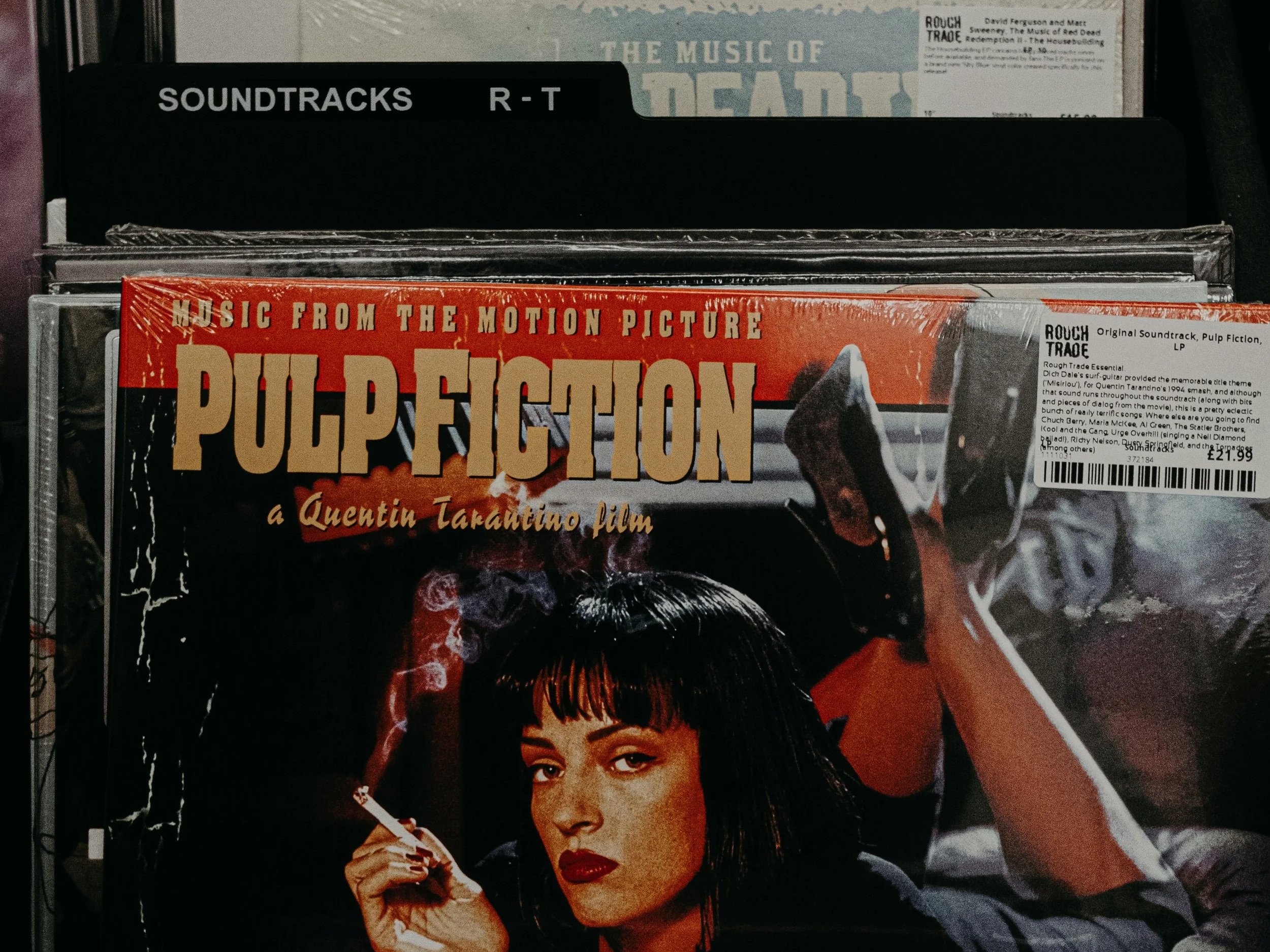






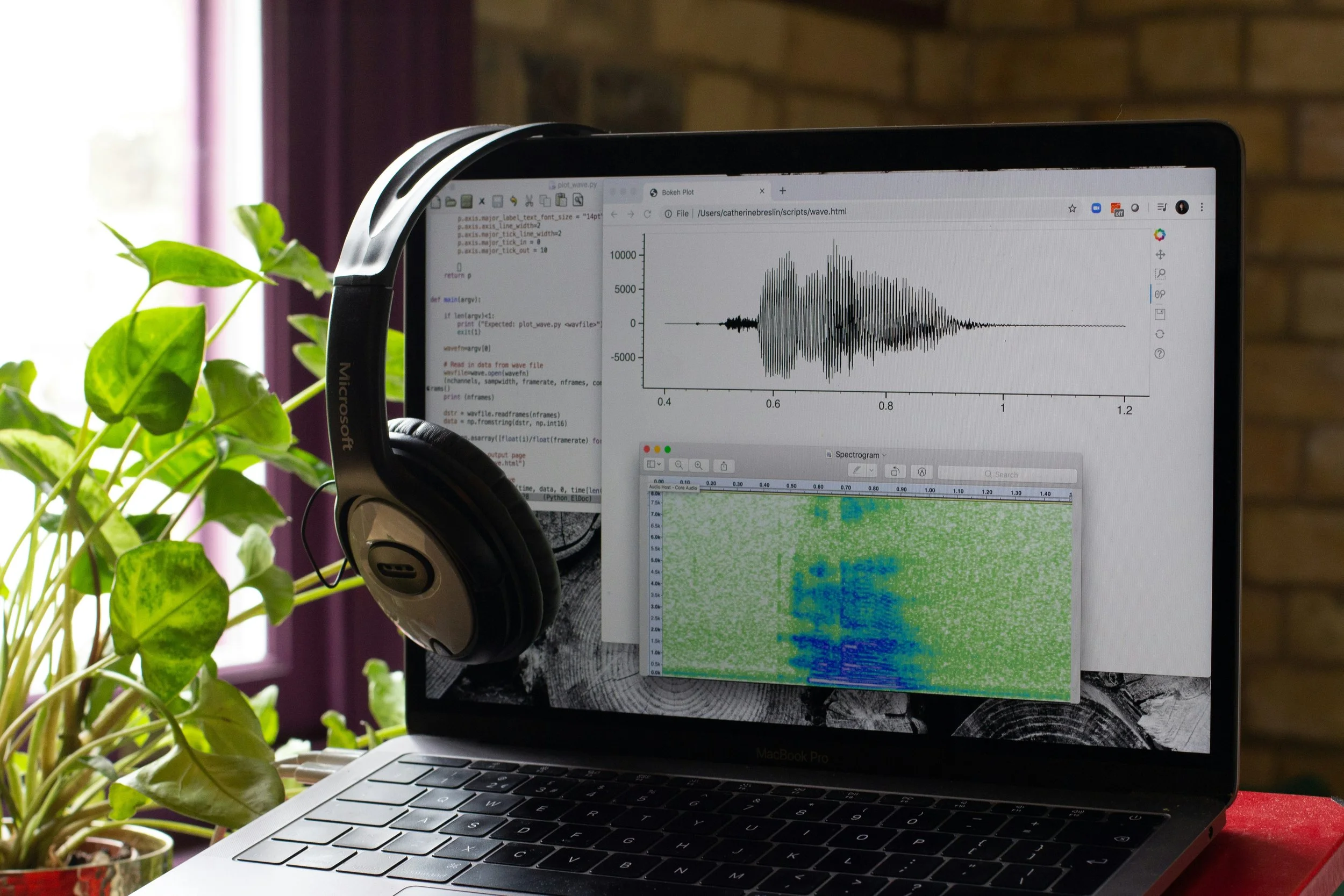






![Hear Here: Achickwitbeatz - Dopamine & Serotonin [Single]](https://images.squarespace-cdn.com/content/v1/52b0b90ae4b0293bfed0d692/1710852808557-EZYGFDIBHLBSIRFOVS1Q/Dopamine+%26+Serotonin.JPG)



